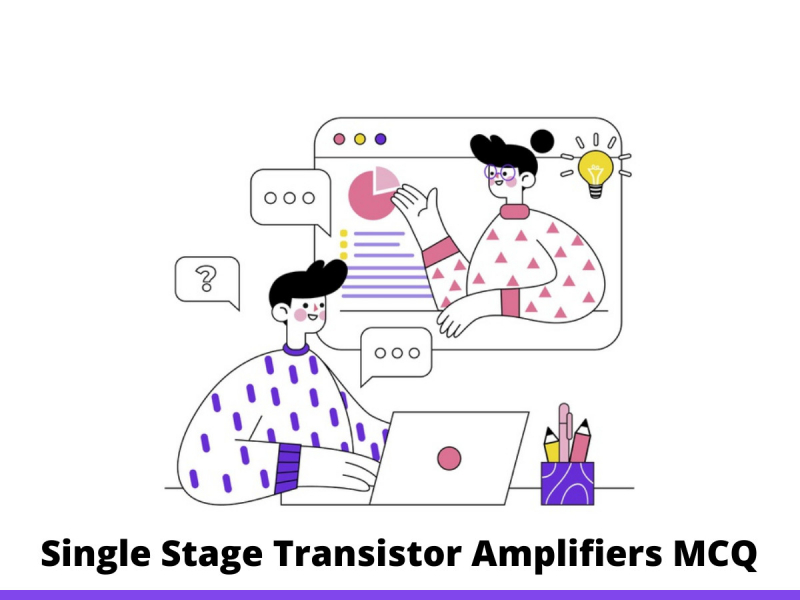Take Single Stage Transistor Amplifiers MCQ Test & Online Quiz to test your Knowledge
Below is the Single Stage Transistor Amplifiers MCQ test that checks your basic knowledge of Single Stage Transistor Amplifiers. This Single Stage Transistor Amplifiers MCQ contains 20 Multiple Choice Questions. You have to select the right answer to the question. Apart from this, you can also download Single Stage Transistor Amplifiers MCQ PDF completly free.

